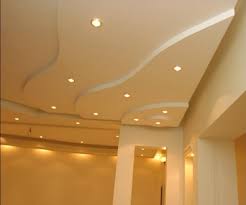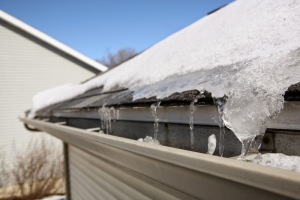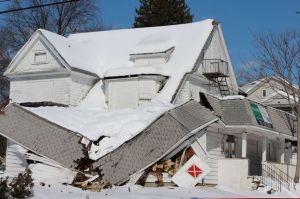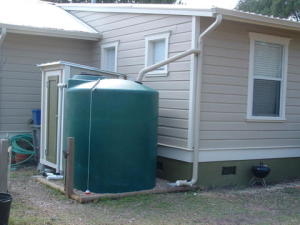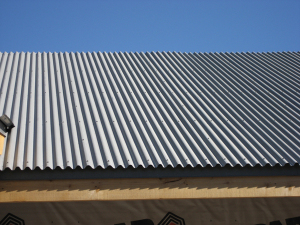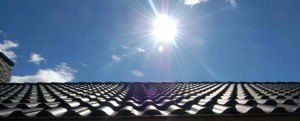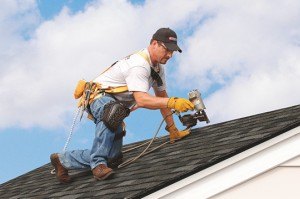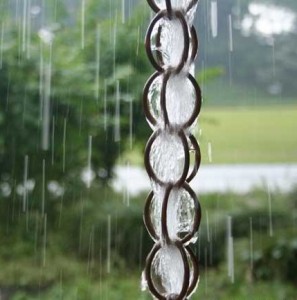Using Gypsum Board for Insulation in Kansas Roofing
Also known as drywall and wallboard, gypsum board is a panel made of gypsum plaster between thick sheets of paper and used on interior walls and ceilings. It has been widely used in houses since the 1940s and for good reasons like roof insulation in Kansas roofing. Unlike other panel-type products such as plywood, fiberboard and hardboard, gypsum board has a non-combustible core.
Using gypsum board in Kansas roofing presents many concrete advantages. We listed some of these:
1. Fire Resistant
An outstanding quality of gypsum board is its excellent resistance to fire. It is in fact the most commonly-used interior material in areas with required fire resistance classifications. Exposed to high temperature, its core – made up of 21% chemically combined water – is gradually discharged as steam. This quality slows the transfer of heat and spread of fire. Even after the water has been released from the core, the board continues to act as an insulator.
2. Sound Retardant
A key consideration in the construction of buildings is managing sound transfer between rooms. Unwanted sound must be controlled and prevented from going into adjoining areas especially in buildings with multiple occupants doing diverse activities. Using gypsum board on ceilings and walls effectively retards the transmission of sound to adjacent areas.
3. Cost-Effective
Compared to other products, gypsum boards can be installed at much-lower labor costs. They are also ordinarily available at local supply stores and can easily be applied during construction. Their availability and fire-resistant quality make gypsum boards very cost-effective to use.
4. Easy to Install
Gypsum boards are very lightweight and can easily be handled by two workers to cover a large area in a short time. The application techniques can be learned in a few hours by installers. Assemblies require only a few tools for their construction. The board can be cut using knives or saws, and attached with different fasteners including nails, screws and staples. You can also use adhesives to attach the board to substrates.
5. Versatile
A great feature of gypsum boards is their ability to satisfy most architectural design requirements. Taking into consideration the other qualities of the product such as availability, performance, ease of use and repair, fire resistance, adaptability to different finishes and decorations, we can say that gypsum boards is a versatile product unmatched by most alternate systems.
6. Durable
Gypsum boards are widely used to construct strong walls and high-quality ceilings. They offer superior durability and stability compared to other products. Decorating and refinishing gypsum boards can be made with ease.
